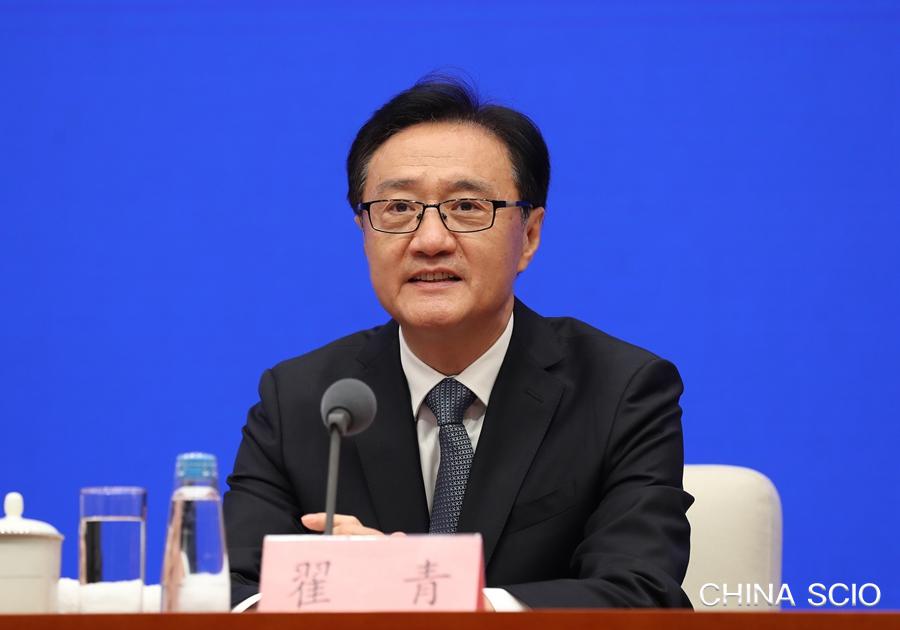
By Zhang Jiaqi
China recently wrapped up its sixth batch of second round of central environmental inspections. In recent years, a number of environmental problems of strong public concern have been addressed through the inspections.
Zhai Qing, vice minister of ecology and environment, gave a briefing on the endeavor at a press conference held by the State Council Information Office on Wednesday.

Zhai Qing, vice minister of ecology and environment, attends a press conference in Beijing on July 6, 2022. [Photo by Xu Xiang/China SCIO]
The country initiated pilot environmental inspections in 2015, and completed the first round in 2018, and then reviewed the work in 20 provinces and autonomous regions.
The second round started in 2019, and covered 31 provinces, autonomous regions, and municipalities directly under the central government, as well as the Xinjiang Production and Construction Corps, two government departments, and six centrally administered enterprises until the first half of this year.
The difficult issues that were addressed during the inspections included black, malodorous water bodies resulted from pollution discharge, illegal development and construction that damaged local ecology, as well as instances of fraud and unnecessary bureaucracy and formalities, Zhai said.
Data shows that 95% of 3,294 rectification tasks from the first round of inspections and ensuing review efforts, as well as half of the 1,227 tasks in the first three batches of the second round, have been completed. In addition, eco-environment improvement efforts for 285,000 out of 287,000 public complaints in the two rounds have been finished.
The inspections have boosted the high-quality development of both the environment and the local economy, Zhai said, adding that the notion that "lucid waters and lush mountains are invaluable assets" has become a shared value of the Party and the whole society.